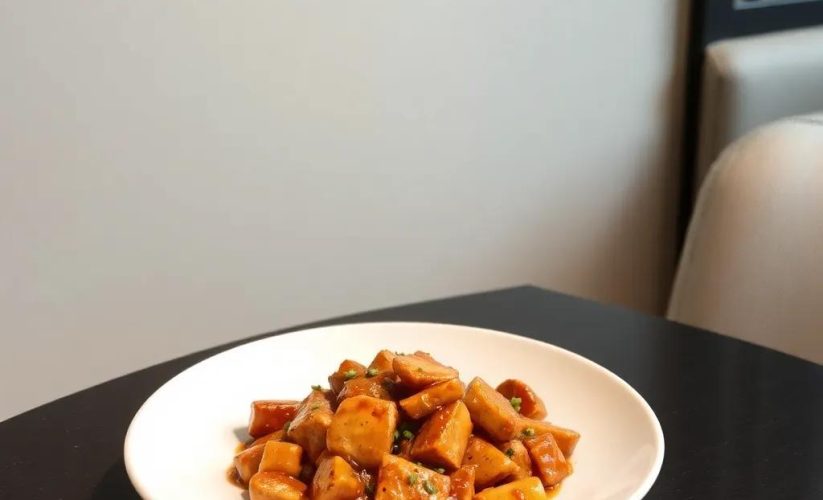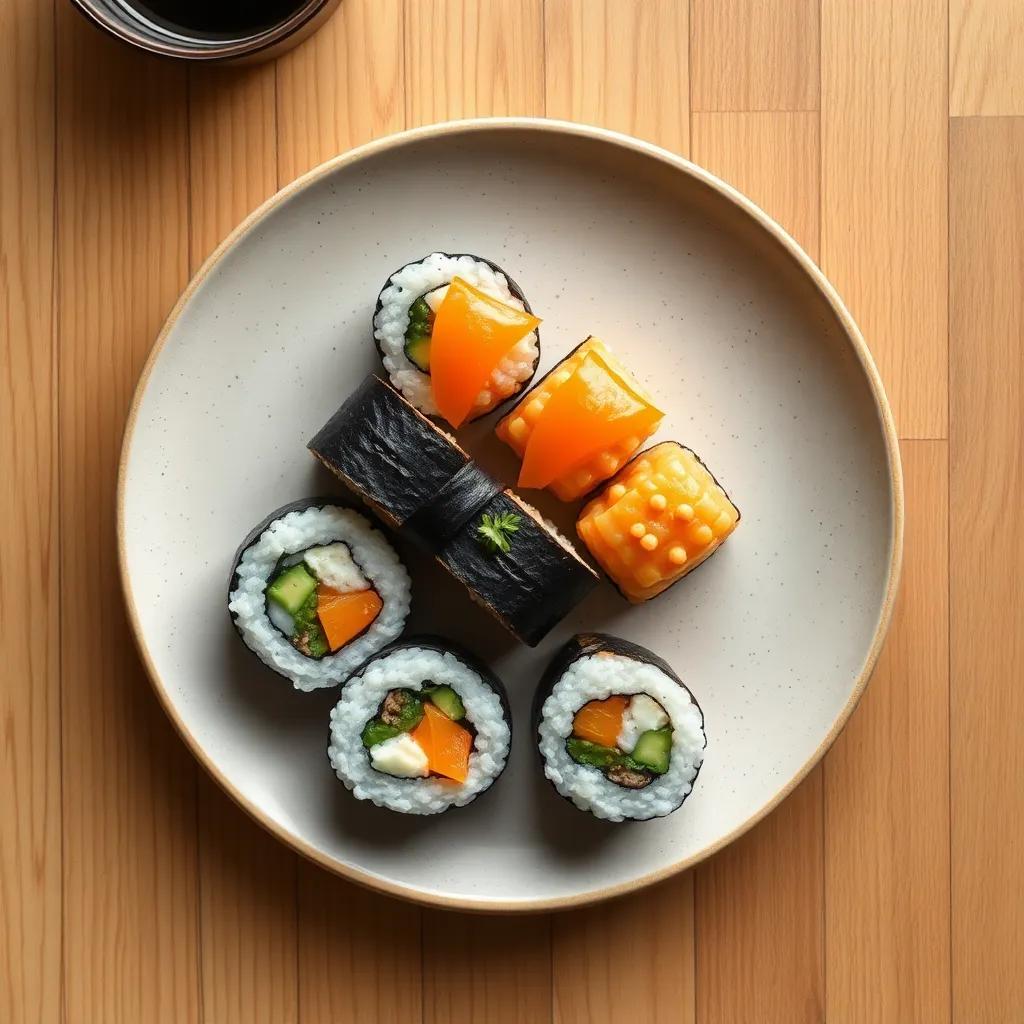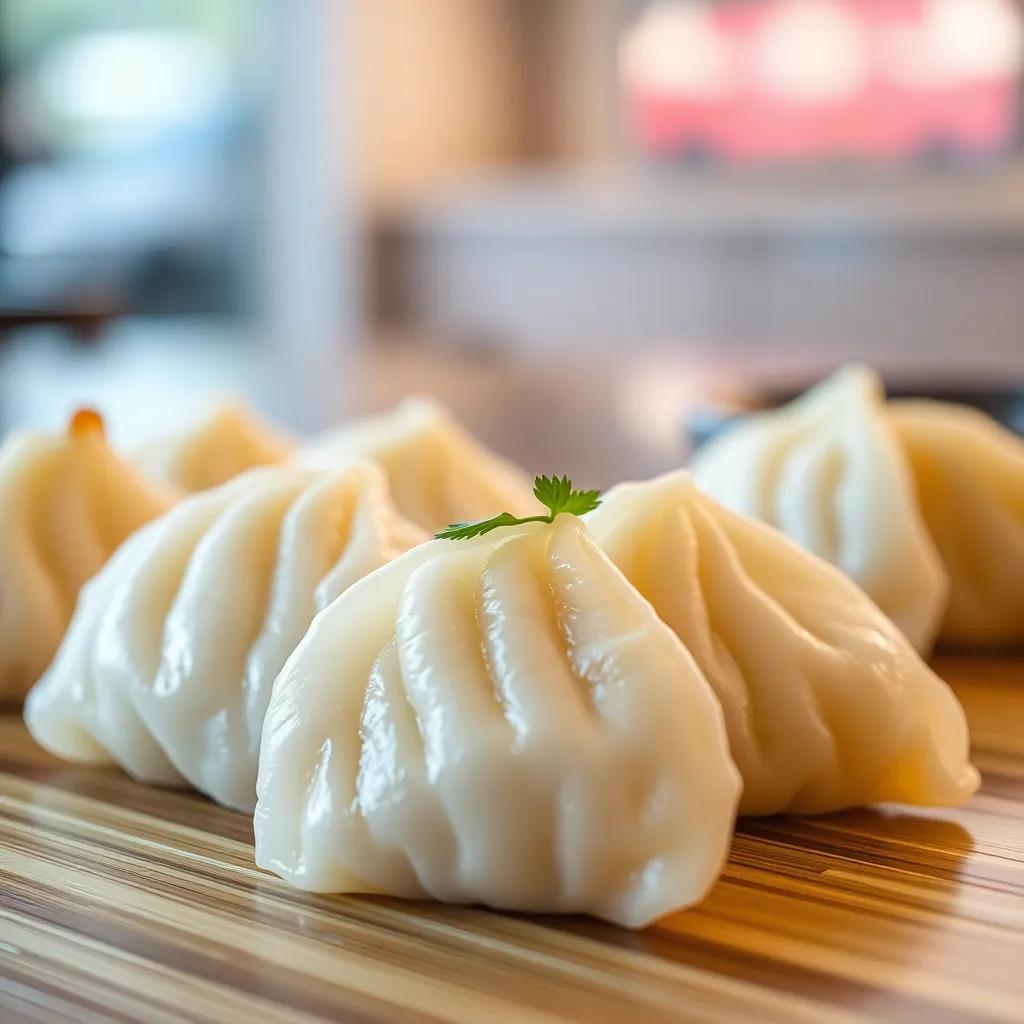Unlock Flavor: Easy 30-Minute Teriyaki Chicken Recipe That Wows
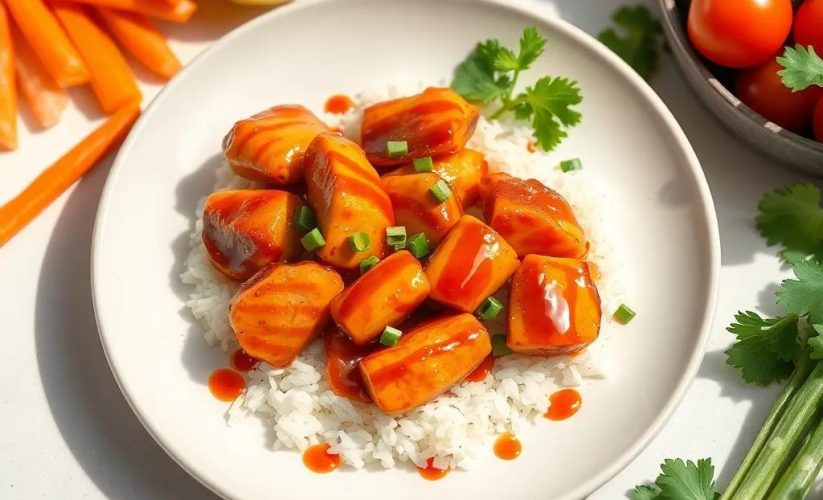
Unlock Flavor: Easy 30-Minute Teriyaki Chicken Recipe That Wows
🌍 Cuisine: Japanese
⚙️ Difficulty: Easy
Ingredients
Nutrition Facts
350 kcal
Instructions
- In a medium bowl, combine soy sauce, mirin, sake (if using), brown sugar, grated ginger, and minced garlic. Stir until sugar dissolves to create the teriyaki sauce.
- Heat vegetable oil in a large skillet over medium-high heat.
- Pat the chicken thighs dry with paper towels and season lightly with salt and pepper.
- Place the chicken thighs skin-side down in the hot skillet. Cook for about 5-7 minutes until the skin is golden brown and crispy.
- Flip the chicken and cook for another 5 minutes until mostly cooked through.
- Pour the teriyaki sauce mixture into the pan around the chicken.
- Reduce heat to medium-low and simmer the chicken in the sauce for 5 minutes, spooning sauce over the chicken frequently.
- Mix cornstarch with water to a slurry and add to the skillet; stir gently. This will thicken the sauce.
- Cook for another 1-2 minutes until sauce has thickened and chicken is fully cooked (internal temperature should reach 165°F/74°C).
- Remove from heat and transfer chicken to serving plates. Spoon extra sauce over the top.
- Garnish with toasted sesame seeds and chopped green onions if desired.
- Serve immediately with steamed rice and your favorite vegetables.
Serving Suggestions
- Serve with steamed jasmine or sushi rice for a classic pairing.
- Accompany with steamed broccoli or sautéed snap peas for added freshness.
- Add a side of pickled ginger or kimchi for a tangy contrast.
- Top with a fried egg for a hearty, satisfying meal.
- Serve in a lettuce wrap for a light and low-carb option.
- Drizzle extra teriyaki sauce on roasted vegetables or noodles.
- Pair with a chilled green tea or sake for an authentic experience.
Table of Contents
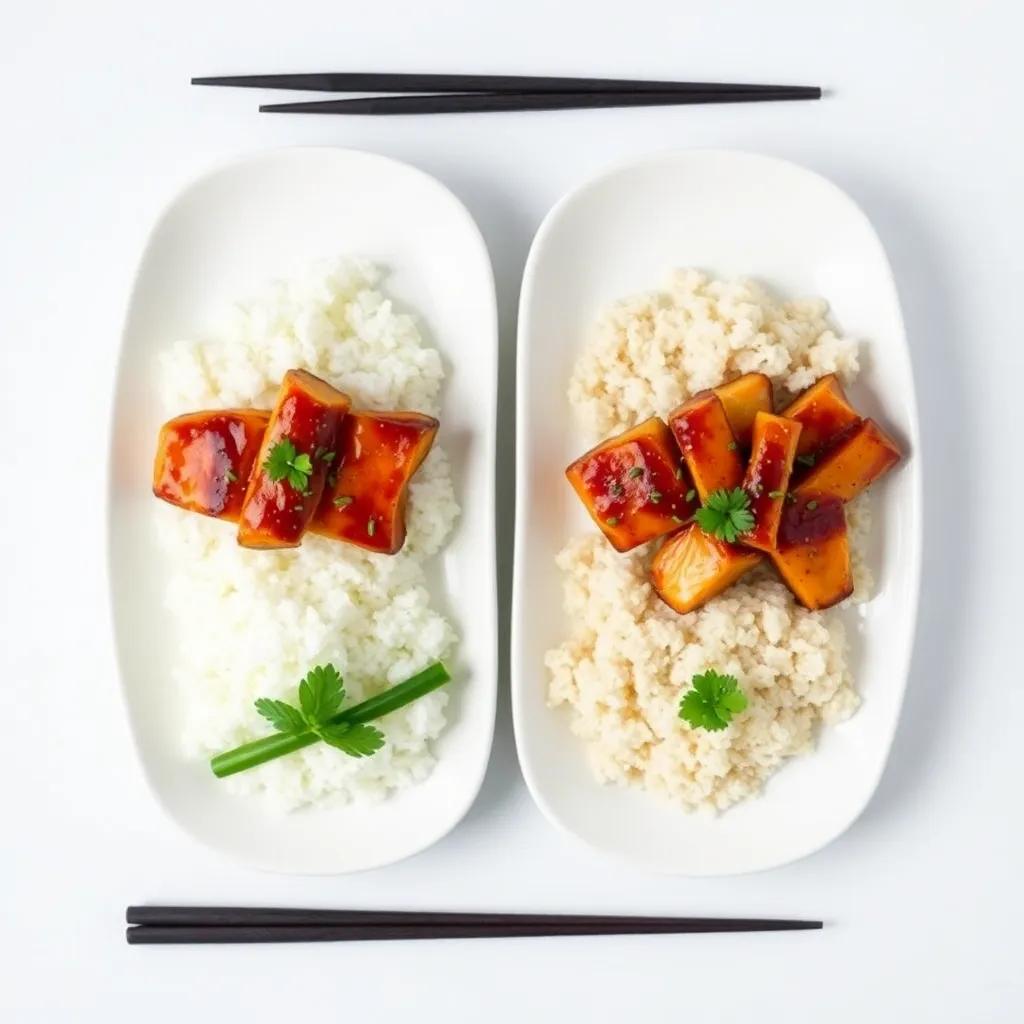
Intro
There’s something undeniably satisfying about a homemade teriyaki chicken that balances rich, savory, and sweet notes in perfect harmony. This easy 30-minute recipe captures the essence of that allure, delivering a dish that’s equally impressive for a busy weeknight dinner or a casual weekend gathering. With minimal fuss and maximum flavor, it invites cooks of all levels to unlock the secret behind that glossy, mouthwatering glaze everyone loves.
What makes this teriyaki chicken truly exciting is how approachable it is—no complicated techniques or hard-to-find ingredients stand in your way. It’s a recipe that adapts to your rhythm, effortlessly transforming simple chicken thighs into a crowd-pleasing centerpiece with just a handful of pantry staples. Whether you’re feeding family, hosting friends, or simply craving a comforting meal, this dish fits right in, bringing familiar warmth and umami depth to your table.
Perfectly paired with steamed rice and crisp vegetables, it carries an inviting balance that feels both comforting and refined. Serving this recipe turns everyday dining into a flavorful experience that doesn’t demand hours in the kitchen—just a little love, attention, and a tempting sauce that coats every bite. It’s the kind of dish that sparks smiles and second helpings without the stress, making it a go-to favorite for those moments when you want deliciousness to come fast and easy.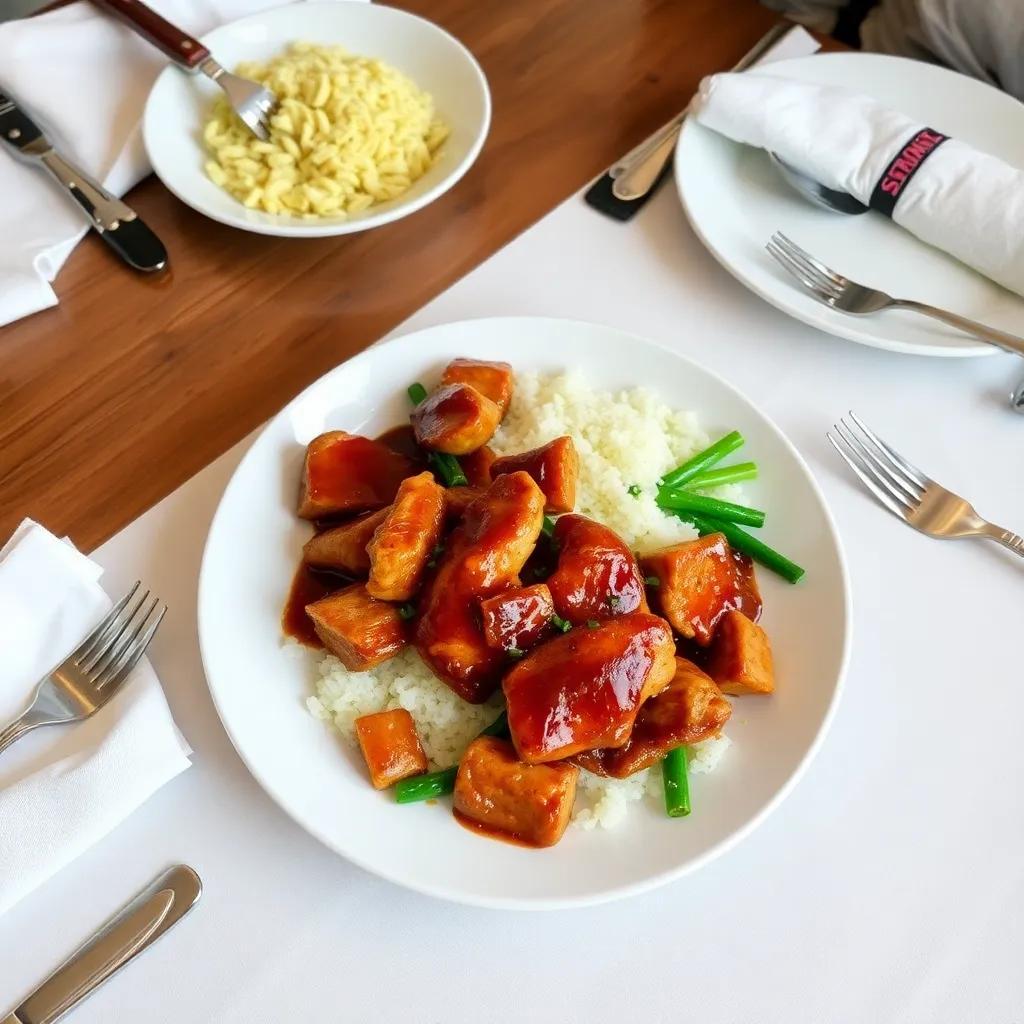
Ingredient Notes
When it comes to crafting an unforgettable teriyaki chicken, a few key ingredients truly elevate the dish beyond ordinary weeknight fare. Understanding these staples not only helps you appreciate their unique contributions but also empowers you to make smart substitutions without losing that iconic teriyaki flavor.
Mirin (Japanese sweet rice wine):
Mirin is more than just a sweetener; it lends a delicate, rounded sweetness and a subtle acidity that balances the salty umami of soy sauce. Its syrupy texture helps create that signature glossy glaze on the chicken. When shopping, look for “hon mirin” (true mirin) for the most authentic flavor, but if you can’t find it, a mixture of dry sherry or a mild white wine with a touch of sugar can work in a pinch. Avoid imitations labeled as “mirin-style” which may lack depth or come out overly sweet.
Soy Sauce:
This is the salty backbone of your teriyaki sauce, providing depth and savory complexity. For best results, choose a naturally brewed soy sauce rather than chemically produced versions—the flavor is richer and less harsh. Light soy sauce is preferred here for its milder saltiness and brighter color, which keeps the sauce balanced and visually appealing. If you need a gluten-free option, tamari is an excellent, gluten-free soy sauce alternative that maintains that essential umami depth.
Sake (optional):
Sake introduces subtle fruity and nutty notes that make the sauce more complex and nuanced without overpowering the other elements. Though optional, it contributes to the authentic Japanese flavor profile. Look for cooking sake labeled “ryorishu” or standard sake if you want a higher-quality option. If you’re avoiding alcohol, rice vinegar or additional mirin can offer a similar tang without the booziness.
Brown Sugar:
Brown sugar is key to providing the caramelized sweetness and the sticky, rich mouthfeel that coats the chicken. Its molasses content adds warmth and depth more than plain white sugar would. When substituting, dark muscovado or coconut sugar can bring unique character and a darker hue, while maple syrup or honey can offer interesting natural sweetness but may change the texture slightly.
By paying a bit of extra attention to these ingredients, you’ll unlock the full potential of your teriyaki sauce and create a dish that tastes like it belongs in a cozy Japanese eatery. Plus, knowing how to swap or tweak them means you can adapt this recipe effortlessly to what’s in your pantry—without losing that wow factor every time.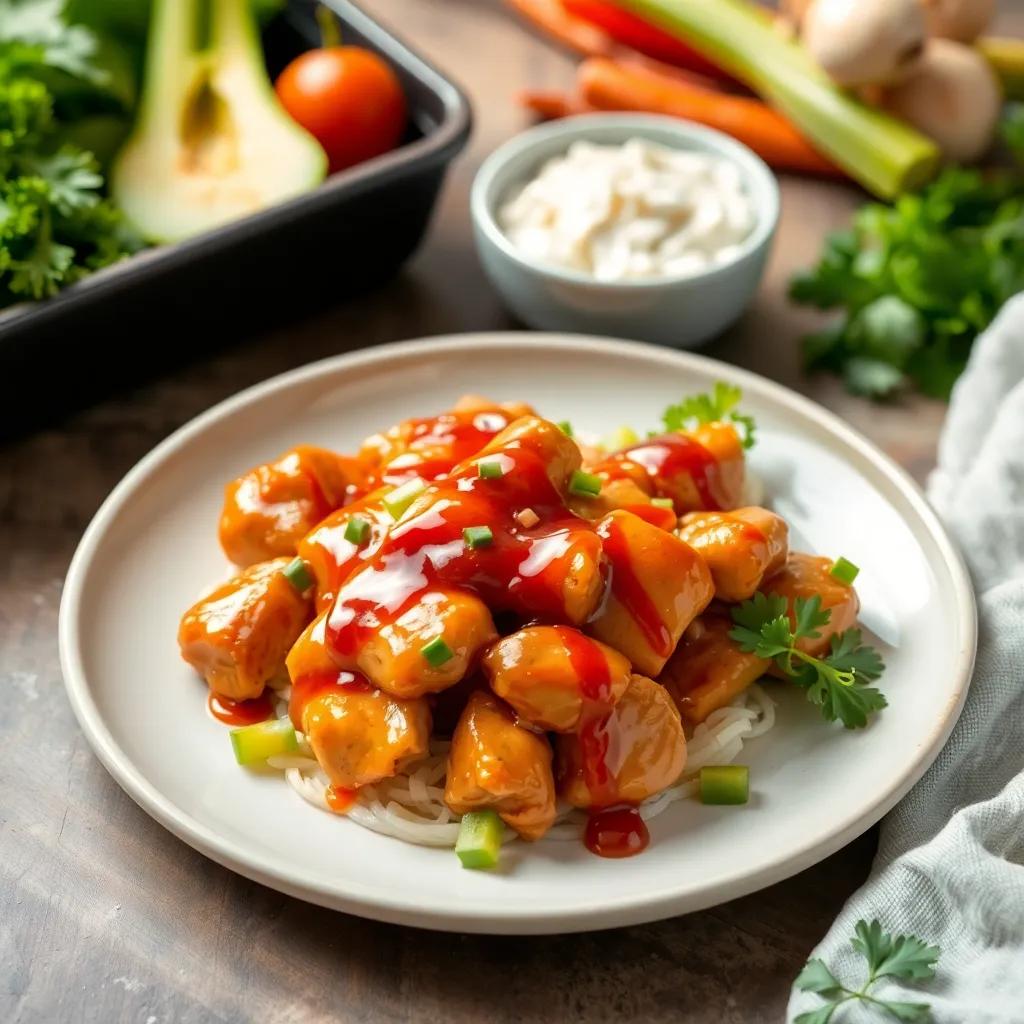
Tips & Variations
Mastering this easy teriyaki chicken recipe becomes even more rewarding with a few insider tips and creative twists that help you tailor the dish to your taste and lifestyle.
- Maximize caramelization: Before adding the sauce, sear the chicken thighs skin-side down until they develop a deep, golden crust. This not only adds texture but also imparts a smoky richness that elevates the final flavor. Be patient and avoid moving the chicken too early—this lets the Maillard reaction work its magic.
- Control the sauce consistency: The cornstarch slurry is the secret to that luscious, glossy glaze. Add it gradually and stir gently to avoid lumps. If your sauce gets too thick, thin it with a splash of water or broth until you reach your preferred coating consistency.
- Customize the sweetness and saltiness: Teriyaki sauce is all about balance. Feel free to adjust the brown sugar or soy sauce quantities to suit your palate—more sugar for a sweeter glaze, or less soy sauce if you want it milder or lower in sodium. Using low-sodium soy sauce is another easy way to reduce saltiness without sacrificing flavor.
- Experiment with different proteins: While chicken thighs provide juicy richness, this sauce pairs beautifully with chicken breasts, firm tofu, or even salmon fillets. For tofu, press it thoroughly before cooking to ensure a crispy outside and absorbent surface for the sauce.
- Make it gluten-free and vegan: Swap regular soy sauce with tamari to keep the dish gluten-free. To veganize, replace chicken thighs with hearty mushrooms, tempeh, or eggplant, and use vegetable oil. Skip the sake or replace it with a touch of apple cider vinegar combined with a tiny bit of sugar to mimic the depth.
- Add layers of flavor: Consider adding a pinch of red pepper flakes or a dash of toasted sesame oil at the end of cooking to introduce warmth and nuttiness. Freshly grated zest of orange or lemon stirred into the sauce just before serving can bring a bright, fresh contrast to the sweet glaze.
- Herb and garnish upgrades: Beyond the classic sesame seeds and green onions, sprinkle toasted nori flakes, chopped cilantro, or thinly sliced chili peppers to customize the final presentation and flavor profile. These small additions can transform the dish into something uniquely yours.
- Turn it into a one-pan meal: Toss in quick-cooking vegetables like snap peas, bell peppers, or baby bok choy during the last few minutes of simmering. They soak up the sauce’s flavor and add vibrant color and nutrition, making dinner faster and more wholesome.
By embracing these tips and variations, you not only deepen your understanding of how simple ingredients dance together in this teriyaki chicken but also open the door to countless delicious adaptations. Whether you’re cooking for health reasons, flavor exploration, or convenience, this recipe easily becomes your versatile kitchen ally.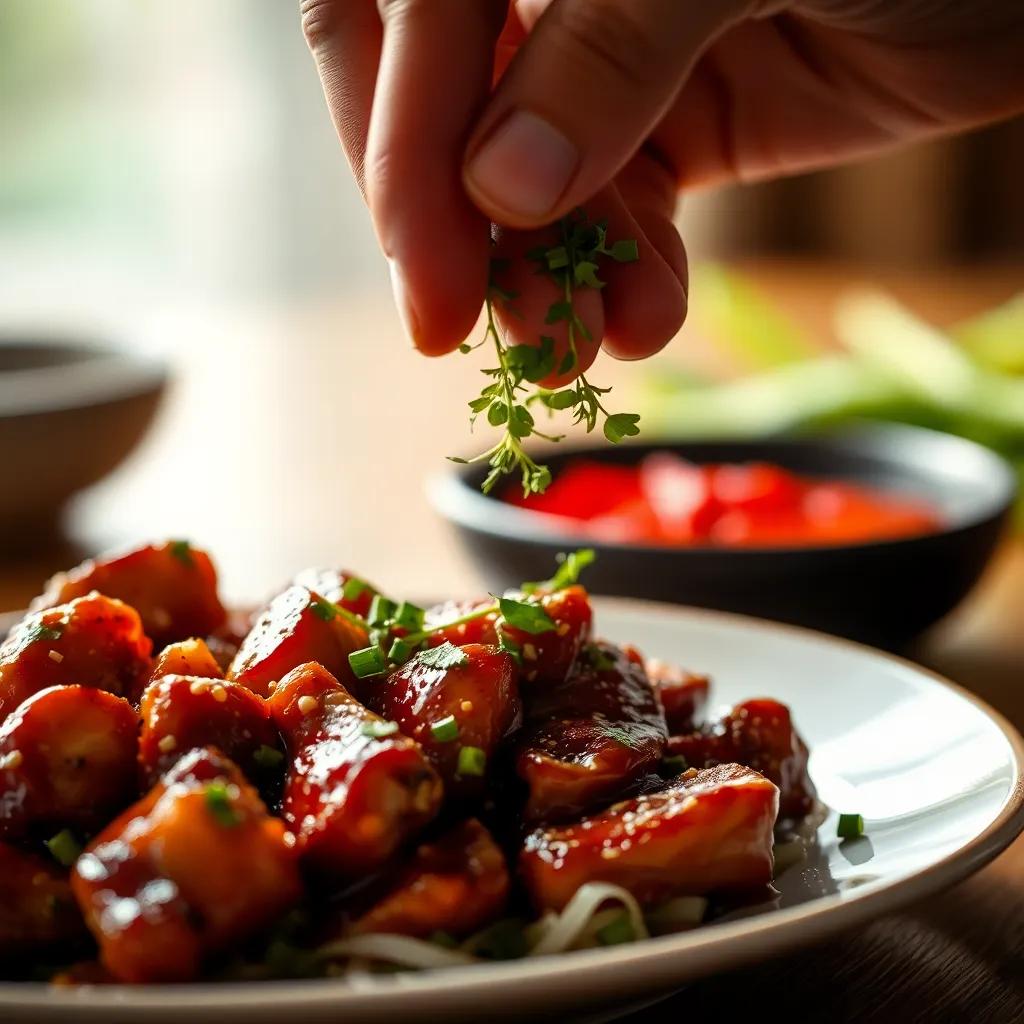
Leftovers & Storage
Leftover teriyaki chicken is a gift that keeps on giving, transforming surprisingly well into quick lunches, easy snack options, or even new dinner creations. To keep your leftovers fresh and flavorful, proper storage is key.
Once your teriyaki chicken has cooled to room temperature, transfer it to an airtight container—preferably glass or BPA-free plastic—to preserve the sauce’s glossy shine and prevent any fridge odors from seeping in. Stored this way, your chicken will stay delicious for up to 3 to 4 days in the refrigerator. Keeping the sauce and chicken together helps maintain moisture and prevents the meat from drying out, so resist the urge to rinse off that luscious glaze!
For longer storage, you can freeze the cooked chicken and sauce in a freezer-safe container or heavy-duty zip-top bag. Be sure to remove as much air as possible to minimize freezer burn. Frozen leftovers will remain tasty for 2 to 3 months. When ready to enjoy, gently thaw overnight in the fridge before reheating. Reheat the chicken gently in a skillet over low heat, spooning a bit of extra sauce or water in if needed to rejuvenate the glaze and keep the chicken tender.
This teriyaki chicken also shines as a meal prep superstar. Portion out servings with steamed rice and your choice of fresh or steamed veggies in meal prep containers for effortless grab-and-go lunches or dinners during a busy week. If packing for work or school, keep garnishes like green onions and sesame seeds separate until serving to preserve their crunch and color.
If the idea of “leftovers” doesn’t excite you, try reinventing them: chop the chicken and toss it into a noodle stir-fry, use it as a protein-packed topping for salads, or wrap it up in a warm tortilla with crisp veggies for a quick teriyaki chicken wrap. The sweet-savory sauce makes it versatile and easy to transform, so leftovers never feel repetitive.
In any case, taking a moment to properly store and thoughtfully repurpose your teriyaki chicken leftovers ensures this flavorful dish continues to wow long after the first delicious bite.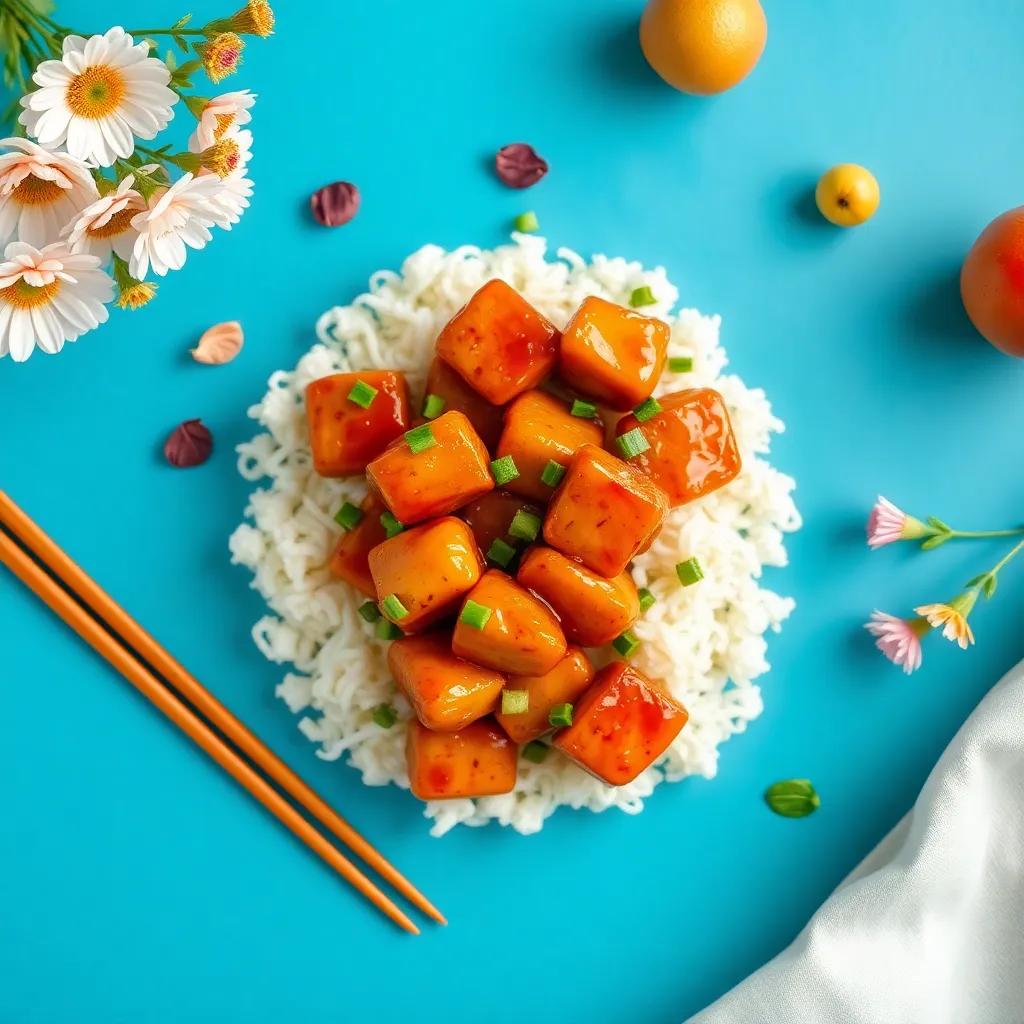
Behind the Recipe
Teriyaki chicken carries a rich history that stretches back centuries in Japanese cuisine, where the word “teriyaki” itself paints a picture of glossy, glazed perfection—“teri” referring to the shine and “yaki” meaning to grill or broil. This recipe pays homage to that tradition by blending time-honored flavors with modern ease, making what was once a carefully crafted restaurant dish accessible in just half an hour at home.
The roots of teriyaki lie in simple but thoughtful preparation: grilling fish or meat while brushing it with a sweet soy-based sauce to build layers of flavor and a tantalizing caramelized surface. Over time, this technique evolved with regional variations and ingredient availability, especially outside Japan. Chicken thighs became a popular choice for home cooks because of their juicy richness and forgiving texture, perfectly suited to soaking up that iconic teriyaki glaze.
For many home cooks, including myself, this dish is more than just a recipe—it’s a comforting symbol of everyday family dinners where flavors invite connection and satisfaction without fuss. The balance of sweet, savory, and aromatic notes in the sauce conjures memories of shared meals, while the quick preparation fits seamlessly into busy lifestyles. Its appeal is universal: a dish that feels special yet grounded in familiar ingredients and approachable techniques.
In crafting this version, the focus was on honoring those cultural origins while embracing simplicity, so anyone can unlock the magic of teriyaki chicken without needing specialty equipment or rare ingredients. By focusing on quality basics—like fresh ginger and authentic mirin—and simple steps that coax deep flavor and that irresistible glaze, this recipe bridges tradition and convenience. It’s a small culinary journey on your plate that invites you to savor both history and home.
FAQ
Can I use tofu or another protein instead of chicken?
What’s the best way to store leftovers and reheat them?
Can I make the teriyaki sauce ahead of time?
Is there a gluten-free version of this recipe?
What’s a good side dish to serve with this teriyaki chicken?
Can I freeze the cooked teriyaki chicken?
How can I adjust the sweetness or saltiness in the sauce?
Final Thoughts
There you have it—a simple, delicious way to bring bold teriyaki flavors to your dinner table in just 30 minutes. This recipe proves that quick cooking doesn’t mean sacrificing taste, making it perfect for busy weeknights or when you want an easy meal that still impresses.
We’d love to hear how your teriyaki chicken turns out! Feel free to leave a comment, rate the recipe, or share your own unique twist. Happy cooking, and here’s to many flavorful meals ahead!

